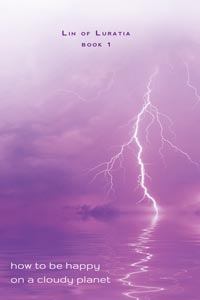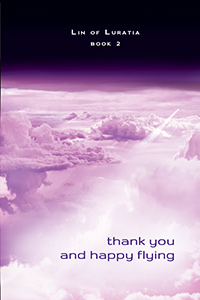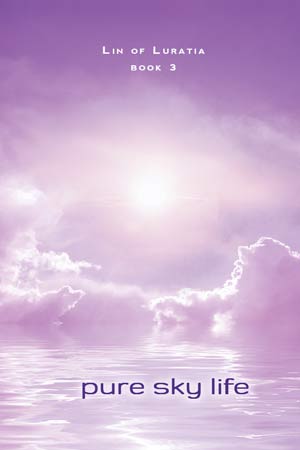Solarpunk is a nascent fiction genre, whose writers and artists dare to wonder:
What if we actually, amazingly don't pollute our planet to the point of unlivibility, or bring ourselves to nuclear extinction, or collapse beneath crumbling societies ravaged by rampant cyberattacks?
What if the future is a better future, a life worth living?
How will we pull it off?
How do we get there from here?
It's not easy to imagine positive futures, given the world we live in, and it's even more difficult to elucidate pragmatic solutions to real-world problems. But that's what solarpunks are excited about. That's what they're taking on.
Solarpunk is an answer to sci fi author Neal Stephenson’s call for “a return to inspiration in contemporary science fiction.”
Finally, a healthy alternative to the dingy, disparaging worlds of dystopia.
Solarpunk is light, bright and hopeful. But crafty too, with an eye on sustainability and the clever use of what we have and how we can optimize it. The punks in solarpunk are lovers of life and beauty. They're resourceful, sagacious, and refreshingly cooperative.
Solarpunk wants to show us a better, more mature, more collaboratively creative side of human nature, cast against the backdrop of our emerging technological landscape.
I'll have some of that, please.
I'm Melanie, by the way, and I've written two solarpunk sci fi series:
Lin of Luratia — Luratia being the name of my solarpunk world, and
Cri of Egli — a story of modern-age slavery on Luratia's remote continent of Egli.






